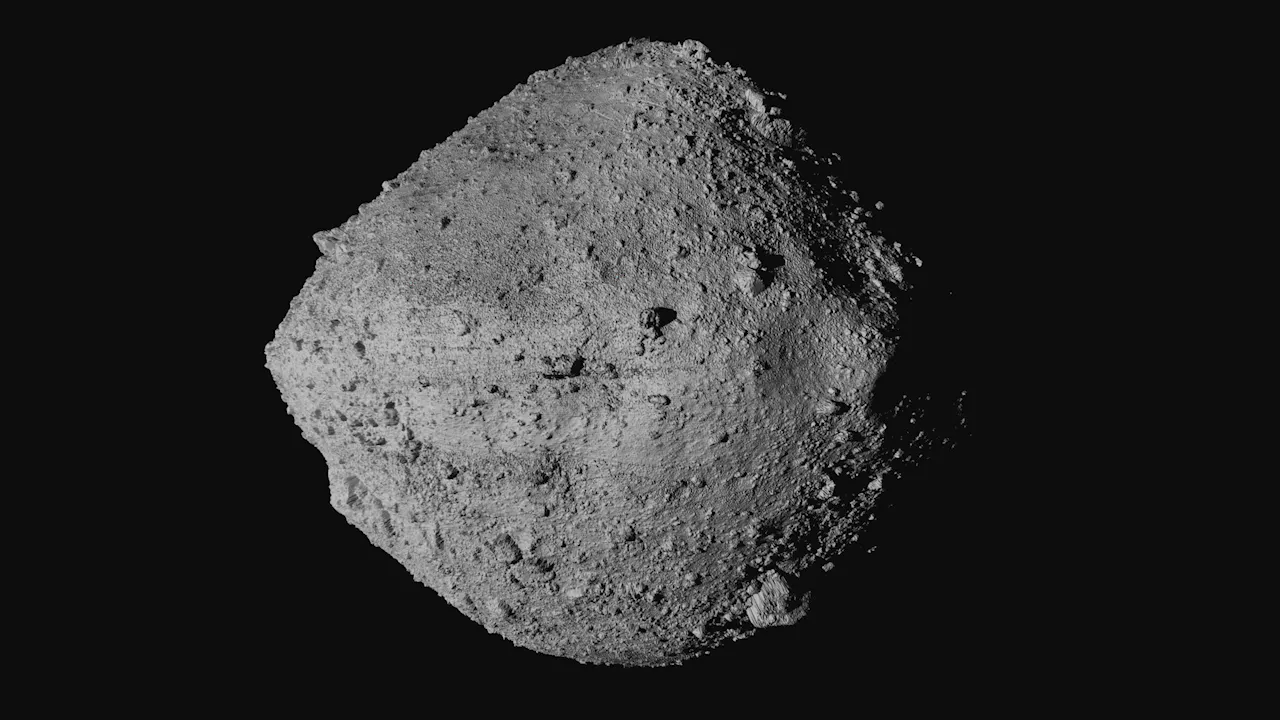The probability of the 2024 YR4 asteroid colliding with Earth has increased, but experts say this was an expected development and there is no cause for alarm. The asteroid, which was discovered in late 2024, is currently considered the most dangerous near-Earth object by NASA.
The probability of the 2024 YR4 asteroid hitting Earth has increased from 1 percent to 2.3 percent, but experts say this was expected and are not worried. Discovered on December 27, 2024, the asteroid is estimated to be between 130 and 300 feet wide and is currently listed as the most dangerous near- Earth object by NASA . Its impact would have the force of a nuclear bomb. If it does collide with Earth , the predicted impact date is December 22, 2032, at approximately 2:00 p.m. UTC.
In a February 7 update, NASA announced the probability of 2024 YR4 hitting Earth had risen from roughly 1.2 percent to 2.3 percent. Despite this increase, there is still a 97.7 percent chance of the asteroid missing Earth. David Rankin, an asteroid hunter who identified 2024 YR4 in archival images before its official discovery, stated that this rise in collision probability was anticipated and believes it will decrease again soon as more data about the asteroid's orbit becomes available. He emphasized that there is no need for public concern at this time. NASA researchers echoed this sentiment, stating that as more observations of the asteroid's orbit are gathered, the impact probability will become clearer. They explained that it is possible 2024 YR4 could be removed from the NASA JPL asteroid risk list as a potential impact hazard, as has happened with many other objects previously listed. Alternatively, the impact probability could continue to increase
ASTEROID 2024 YR4 IMPACT EARTH NASA SCIENTISTS
United States Latest News, United States Headlines
Similar News:You can also read news stories similar to this one that we have collected from other news sources.
 Asteroid 2024 YR4 Poses Potential Threat to Earth in 2032Experts are closely monitoring an asteroid that has a small chance of impacting Earth in 2032. While the risk is currently assessed as low, NASA emphasizes that the probability of collision may fluctuate as more data becomes available.
Asteroid 2024 YR4 Poses Potential Threat to Earth in 2032Experts are closely monitoring an asteroid that has a small chance of impacting Earth in 2032. While the risk is currently assessed as low, NASA emphasizes that the probability of collision may fluctuate as more data becomes available.
Read more »
 Asteroid 2024 YR4: Potential Threat to Earth in 2032An asteroid discovered by NASA-funded telescopes has a small chance of impacting Earth in 2032. While astronomers are confident it will most likely miss our planet, the possibility highlights the ongoing effort to monitor and assess potential asteroid threats.
Asteroid 2024 YR4: Potential Threat to Earth in 2032An asteroid discovered by NASA-funded telescopes has a small chance of impacting Earth in 2032. While astronomers are confident it will most likely miss our planet, the possibility highlights the ongoing effort to monitor and assess potential asteroid threats.
Read more »
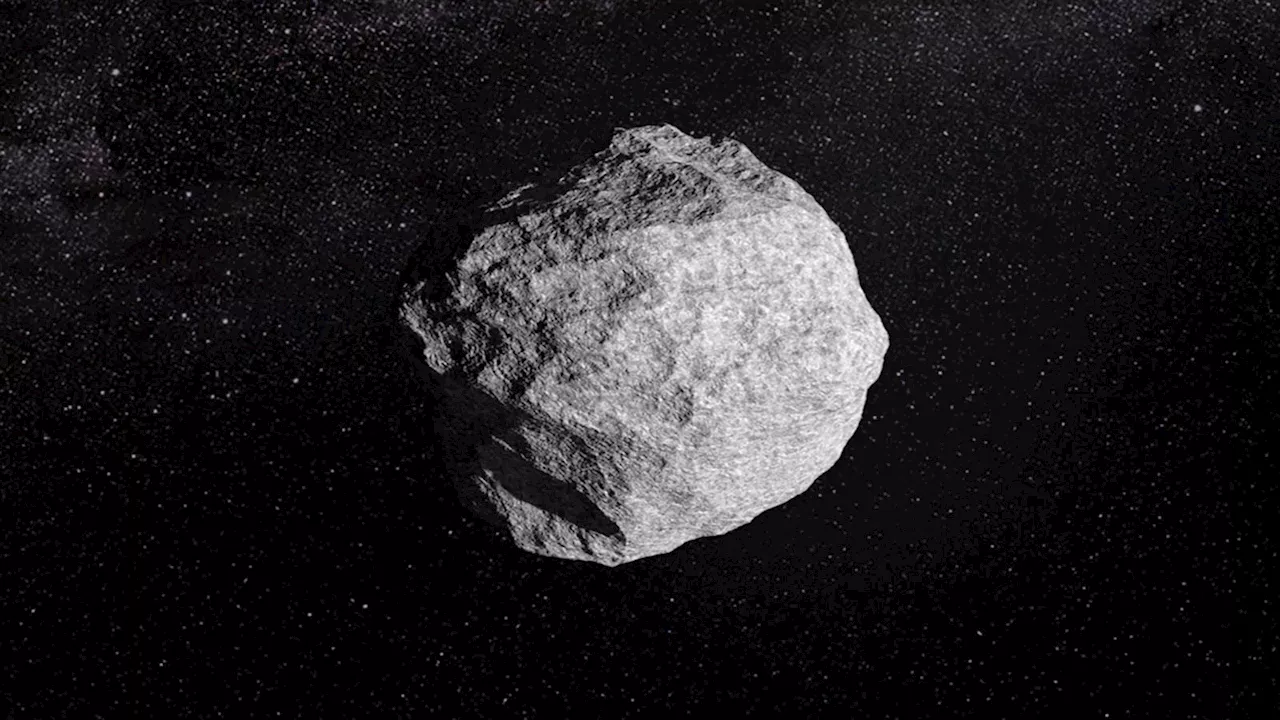 Asteroid 2024 YR4 Slightly Increases Risk of Hitting Earth in 2032A recently discovered asteroid, 2024 YR4, has a 2.2% chance of impacting Earth on December 22, 2032, according to the European Space Agency. While the risk assessment has increased from 1.2% last week, astronomers expect the percentage to evolve as more observations are gathered.
Asteroid 2024 YR4 Slightly Increases Risk of Hitting Earth in 2032A recently discovered asteroid, 2024 YR4, has a 2.2% chance of impacting Earth on December 22, 2032, according to the European Space Agency. While the risk assessment has increased from 1.2% last week, astronomers expect the percentage to evolve as more observations are gathered.
Read more »
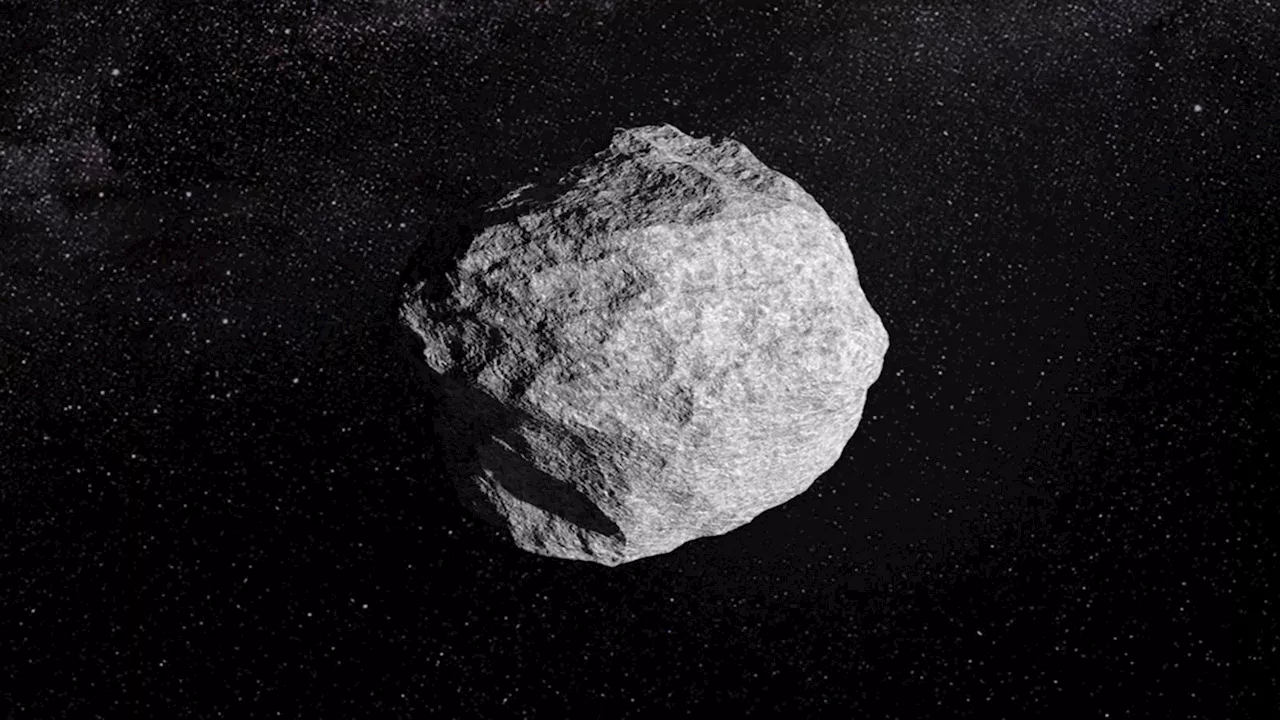 Asteroid 2024 YR4 Elevated to Top Risk List Due to Possible Earth ImpactAsteroid 2024 YR4, discovered in December 2022, has a 2.2% chance of impacting Earth on December 22, 2032, according to the European Space Agency (ESA). While the risk is currently low, astronomers are actively tracking the asteroid and refining predictions as more data becomes available. Named 2024 YR4, the asteroid has a 'size range comparable to that of a large building,' according to Dr. Paul Chodas, manager for the Center for Near Earth Object Studies (CNEOS) at NASA's Jet Propulsion Laboratory. The risk assessment has increased from a chance of 1.2% over the last week due to new observations.
Asteroid 2024 YR4 Elevated to Top Risk List Due to Possible Earth ImpactAsteroid 2024 YR4, discovered in December 2022, has a 2.2% chance of impacting Earth on December 22, 2032, according to the European Space Agency (ESA). While the risk is currently low, astronomers are actively tracking the asteroid and refining predictions as more data becomes available. Named 2024 YR4, the asteroid has a 'size range comparable to that of a large building,' according to Dr. Paul Chodas, manager for the Center for Near Earth Object Studies (CNEOS) at NASA's Jet Propulsion Laboratory. The risk assessment has increased from a chance of 1.2% over the last week due to new observations.
Read more »
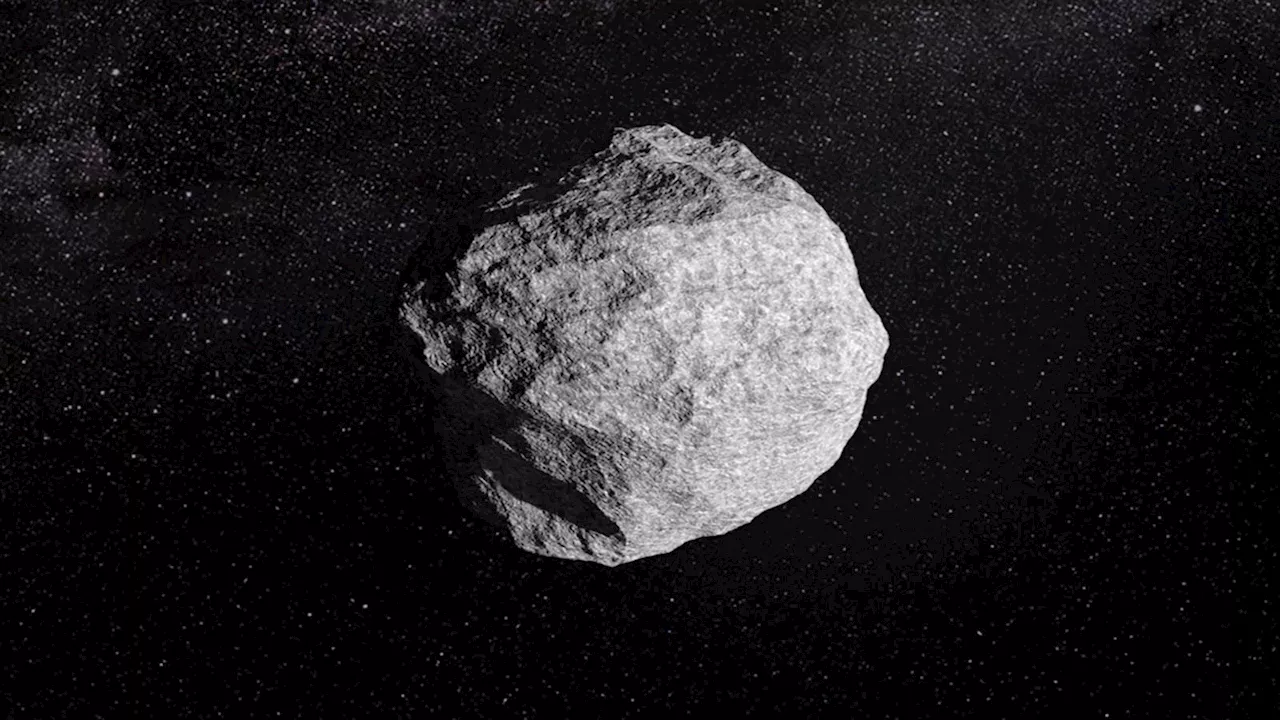 Asteroid 2024 YR4: Risk of Earth Impact Increases SlightlyA recently discovered asteroid, 2024 YR4, now has a 2.2% chance of hitting Earth on December 22, 2032, according to the European Space Agency. While the risk assessment has increased, astronomers remain optimistic that it will be a flyby, not an impact.
Asteroid 2024 YR4: Risk of Earth Impact Increases SlightlyA recently discovered asteroid, 2024 YR4, now has a 2.2% chance of hitting Earth on December 22, 2032, according to the European Space Agency. While the risk assessment has increased, astronomers remain optimistic that it will be a flyby, not an impact.
Read more »
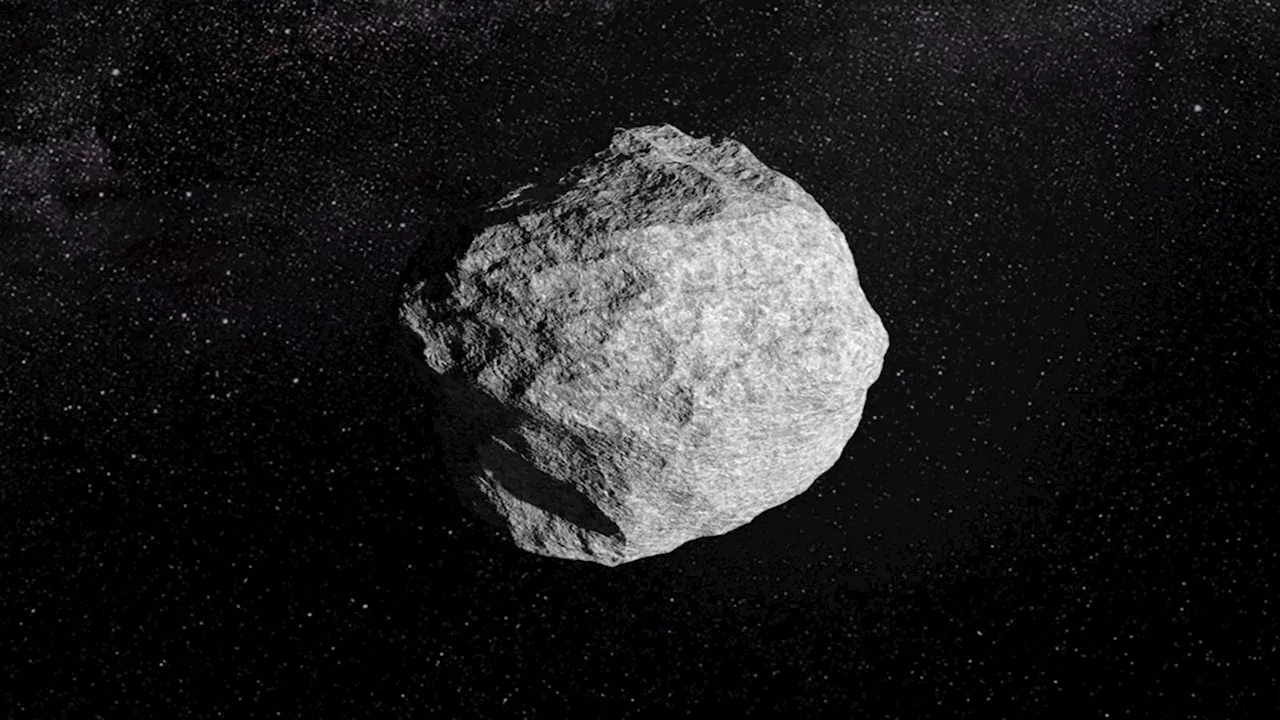 Asteroid 2024 YR4 Has Slightly Increased Chance of Hitting Earth in 2032A recently discovered asteroid named 2024 YR4 has a 2.2% chance of impacting Earth on December 22, 2032, according to the European Space Agency. This risk assessment, up from 1.2% last week, is based on new observations. Astronomers expect the percentage to fluctuate as more data becomes available. The ESA emphasizes that the likelihood of a collision is likely to be minimized as they gather more precise information about the asteroid's trajectory.
Asteroid 2024 YR4 Has Slightly Increased Chance of Hitting Earth in 2032A recently discovered asteroid named 2024 YR4 has a 2.2% chance of impacting Earth on December 22, 2032, according to the European Space Agency. This risk assessment, up from 1.2% last week, is based on new observations. Astronomers expect the percentage to fluctuate as more data becomes available. The ESA emphasizes that the likelihood of a collision is likely to be minimized as they gather more precise information about the asteroid's trajectory.
Read more »
